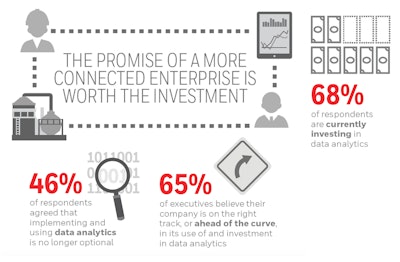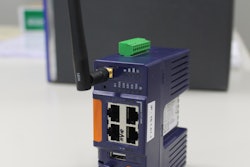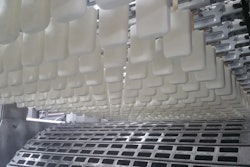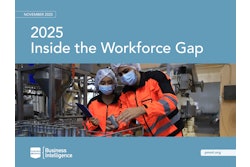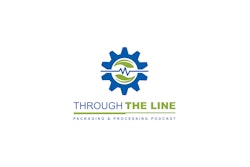Despite a tough business climate in which manufacturers are cutting back spending, data analytics is one area where money continues to flow—in large part to keep it from bleeding out instead through equipment downtime. Manufacturing executives are increasingly recognizing the value that Big Data and the Industrial Internet of Things (IIoT) can bring to their operations, and some two-thirds of them are moving forward with investments in data analytics even as they pare back elsewhere, according to a survey commissioned by Honeywell Process Solutions (HPS).
“Executives need to keep their businesses running smoothly and safely, and they’re banking on IIoT technologies to help navigate challenges, even during cash-strapped times,” said Andrew Hird, vice president and general manager of HPS Digital Transformation.
For the more than 200 North American manufacturing executives surveyed recently by KRC Research, unscheduled downtime was ranked as the top threat to maximizing revenue, with equipment breakdowns also ranking high on the list. And yet they’re feeling the pressure to push their equipment to their limits despite that threat.Almost half (42 percent) of respondents admitted to running their equipment harder than they should. And they’re paying the price: 71 percent have experienced equipment breakdowns at least occasionally, and 64 percent said the same for unscheduled downtime.
“Running plant equipment harder than appropriate presents a host of issues ranging from equipment breakdowns to potential safety incidents,” Hird said. “Those issues inevitably lead to more downtime, which leads back to lost revenue. It’s easy to see how many companies feel they’re caught in a vicious cycle.”
Thus the value seen from a data analytics program that can help manufacturers move maintenance to a more predictive regime. Most survey respondents agreed that a data analytics program could help reduce occurrences of equipment breakdowns (70 percent), unscheduled downtime (68 percent), unscheduled maintenance (64 percent) and supply chain management issues (60 percent). They also said they believe data can enable well-informed decisions in real time (63 percent), limit waste (57 percent) and predict the risk of downtime (56 percent).
“It’s easy to put that puzzle together—these executives correctly believe data analytics can help them combat the biggest threat they see to business: unscheduled downtime,” Hird said. “This is why they feel it makes sense to continue investing.”
With 68 percent of survey respondents already investing, half of them think their companies are on track with their use of data analytics and 15 percent actually think they’re ahead of the curve.
Of course, data analytics can mean different things to different people—from very simple KPI visualization to predictive maintenance and even on up to true machine learning or high-fidelity process modeling. “While most manufacturers have the ability to gather and analyze critical data from a specific plant or operating unit, many are not doing this on an enterprise level, which is really where the benefit of the IIoT is,” Hird said. “Being able to analyze a large pool of operating data across perhaps dozens or even hundreds of pieces of equipment helps companies better understand risks and proactively take action. That is where the ecosystem of OEMs, technology providers and process licensors that Honeywell is creating makes the difference. These proactive actions will help us solve manufacturing problems that were previously considered unsolvable and improve drastically in areas such as process reliability, supply chain integration and production efficiency.”
And yet not everyone is sold on the benefits of data analytics. Although the majority of survey respondents are already investing and/or planning to increase their investments in data analytics in the coming year, about a third said they are not currently investing in data analytics. Of those who have no plans to invest, 61 percent believe their organizations already have systems in place to ensure safety, yield and success; and 45 percent said their companies have seen some growth without data analytics.
In many cases, respondents either don’t fully understand the benefits of Big Data (42 percent), or they think that the benefits have been overstated (35 percent). But in other cases, they just don’t feel they have what it takes to get started—63 percent said they don’t have the resources and 39 percent said they don’t have the right staff to make the most of data analytics.
It’s not just the size of the company that might make the difference in feeling like they have a handle on data analytics. “There are a number of companies that have invested in data analytics and also hired data scientists,” Hird said. “There are many more companies that have not made those investments because of other business priorities.”
Regardless of the reasons, hurdles are not difficult to overcome, according to Hird. “The good news is that IIoT is something that doesn’t require a wholesale change—it can be phased and scaled depending on an individual company’s circumstances,” he said. “This is precisely why Honeywell says IIoT represents an evolution, not a revolution.”
